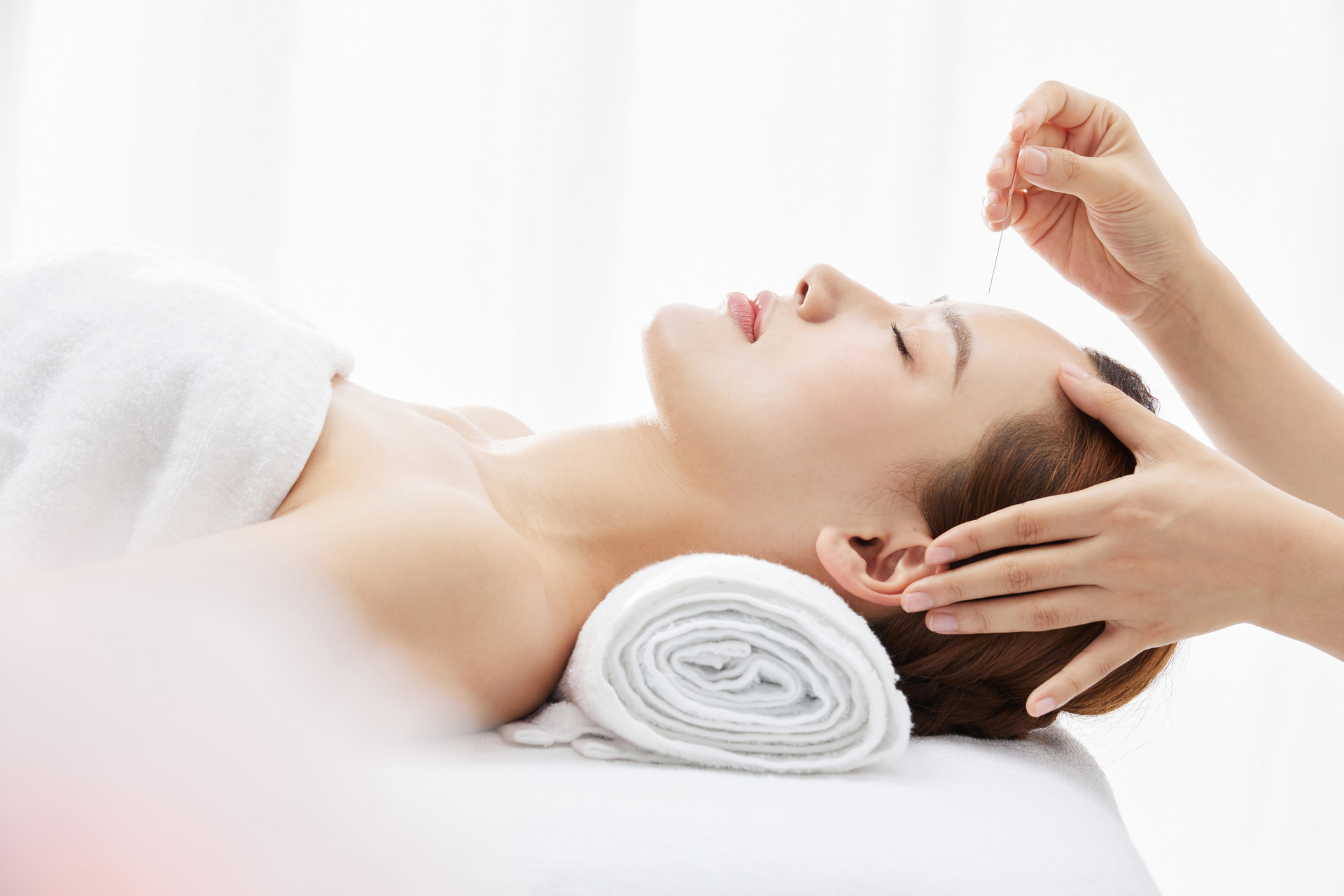Chapter 1: Understanding the "Blood Letting" Technique in Traditional Acupuncture
Chapter 2: Acupuncture Treatment for Hypertension: Various Acupoints to Consider
Chapter 3: Acupuncture as a Treatment for Stubborn Neurodermatitis
Editor's Note: Traditional Chinese acupuncture is now recognized as an effective method for treating diseases. But do you know about the blood letting technique in traditional acupuncture? If not, let's explore the explanations provided by traditional Chinese medicine below!
Understanding the "Blood Letting" Technique in Traditional Acupuncture
The blood letting technique, also known as "acupuncture blood letting," is a method of treating diseases by puncturing or incising specific acupuncture points and certain areas of the body to release a small amount of blood.
This technique can be traced back to the ancient Stone Age.
During that time, people discovered that using sharp stones to puncture and release blood from affected areas could treat certain diseases.
As scientific development progressed, metal needles replaced the stone tools, and later, specialized "sharp needles" for blood letting treatment were introduced based on medical practices.
This therapy is mentioned in the ancient text "Huangdi Neijing," which specifically states that bleeding through acupuncture points can treat conditions such as epilepsy and headaches.
According to legend, Hua Tuo used acupuncture blood letting to treat Cao Cao's "head wind" disorder. During the Tang and Song dynasties, this technique became one of the major methods in traditional Chinese medicine.
The "New Book of Tang" records that imperial physicians of the Tang Dynasty used blood letting on the crown of the head to cure Emperor Gaozong's "dizziness and loss of vision."
During the Song Dynasty, this technique was included in the acupuncture poem "Yulong Fu." In the Jin and Yuan dynasties, Zhang Zihao's medical cases in "Rumen Shiqin" predominantly used acupuncture blood letting and believed that it effectively expelled pathogenic factors.
By the Ming and Qing dynasties, blood letting treatment had become popular, and acupuncture instruments had also rapidly developed. The three-edged needle was divided into two types: thick and thin, making it more suitable for clinical application.










